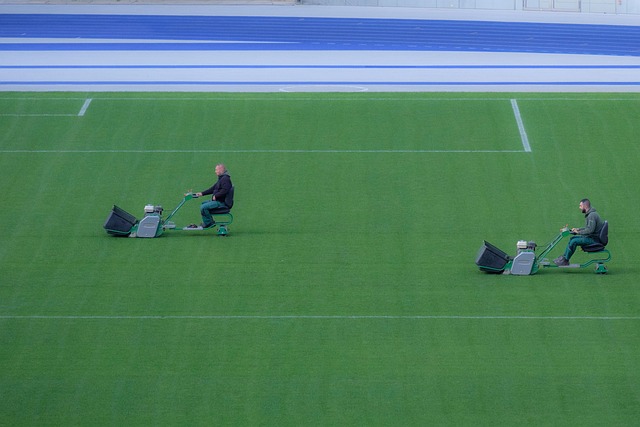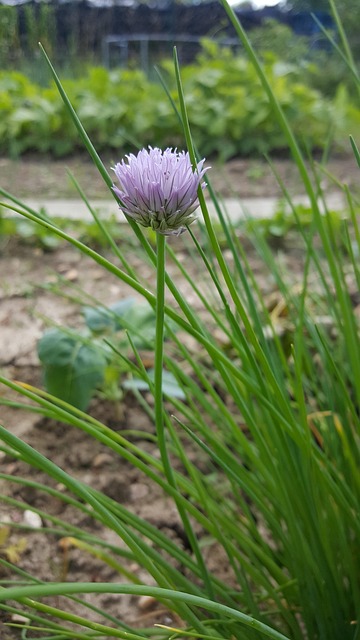Lawn plant diseases in industrial areas, like those around Centennial pipelines, pose significant risks to turf health and aesthetics, exacerbated by factors like poor drainage and industrial activities. Early identification is crucial for preservation of landscape integrity and prevention of further damage. Experts in industrial weed control near Centennial play a vital role in managing weeds, preserving pipeline health, and minimizing environmental impact through sustainable management plans integrating advanced technologies, targeted herbicidal treatments, and mechanical methods. Effective strategies for industrial weed control safeguard pipelines and promote ecosystem health in the Centennial region.
Lawn plant diseases can significantly impact the health and aesthetics of landscapes, especially in industrial areas near pipelines. Centennial residents and businesses often face unique challenges due to the specific environmental conditions along these routes. Expert diagnosis is crucial for identifying common issues like fungal infections or insect infestations that may disrupt pipeline operations. This article explores the role of professionals in managing weeds adjacent to pipelines, providing effective strategies for industrial weed control to prevent and treat potential disruptions in Centennial.
- Understanding Lawn Plant Diseases: Common Issues and Their Impact
- The Role of Experts in Diagnosing and Managing Pipeline-Adjacent Weeds
- Effective Strategies for Industrial Weed Control: Preventing and Treating Pipeline Disruptions
Understanding Lawn Plant Diseases: Common Issues and Their Impact

Lawn plant diseases can significantly impact the health and aesthetics of your outdoor space, especially in industrial areas like those surrounding Centennial pipelines. Common issues include fungal infections, bacterial blights, and viral outbreaks that manifest as discolored spots, wilting leaves, or mold growth. These diseases not only mar the landscape but also signal underlying problems such as poor drainage, nutrient deficiencies, or excessive moisture – all of which can be exacerbated by proximity to pipelines and the presence of industrial activities like weed control.
The impact extends beyond aesthetics. Diseased grass can lead to weak turf, making it susceptible to invasion by weeds and difficult to maintain. Moreover, some diseases are indicative of broader environmental concerns, potentially signaling air or soil pollution from pipeline operations or other industrial processes. Promptly identifying and addressing lawn plant diseases, particularly in industrial settings, is crucial for maintaining a healthy landscape, preventing further damage, and ensuring the longevity of turfgrass near Centennial pipelines.
The Role of Experts in Diagnosing and Managing Pipeline-Adjacent Weeds

When it comes to industrial weed control along pipelines near Centennial, experts play a pivotal role in both diagnosing and managing pipeline-adjacent weeds. Their specialized knowledge allows them to identify not just the types of weeds but also their specific locations, which is crucial for targeted treatment. By understanding the unique challenges posed by these areas—such as restricted access and environmental impact concerns—experts can prescribe effective yet sustainable control methods.
These professionals employ advanced techniques and tools, including plant pathology expertise and sophisticated diagnostic kits, to accurately pinpoint the cause of weed issues. Once identified, they collaborate with stakeholders to develop tailored management plans that consider factors like soil composition, water flow, and nearby ecosystems. This proactive approach ensures not only the health of pipelines but also the preservation of the surrounding natural landscape.
Effective Strategies for Industrial Weed Control: Preventing and Treating Pipeline Disruptions

Pipeline disruptions caused by weeds can lead to significant operational challenges and environmental damage in industrial settings, especially along Centennial. Implementing effective strategies for industrial weed control is crucial to prevent such disruptions. Regular monitoring and early detection are key; using advanced technologies like aerial imaging or remote sensing can help identify weed growth patterns before they impact pipelines.
Once identified, targeted herbicidal treatments can be employed, ensuring minimal environmental impact while effectively eradicating weeds. Additionally, mechanical methods such as mowing or hand-pulling can complement chemical treatments, especially in hard-to-reach areas. Maintaining a robust weed management plan that integrates these strategies will safeguard industrial pipelines and promote the overall health of the surrounding ecosystem near Centennial.
Lawn plant disease diagnosis experts play a vital role in maintaining healthy landscapes, especially in industrial settings. By understanding common issues like pipeline-adjacent weeds, these specialists offer crucial knowledge for effective management and prevention strategies. Implementing robust industrial weed control measures along pipelines near Centennial can significantly reduce disruptions, ensuring the integrity and safety of critical infrastructure while fostering a vibrant, sustainable environment.
